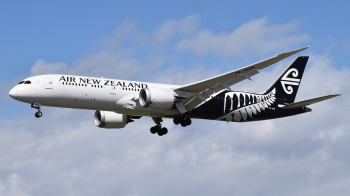Have you ever wondered why certain route combinations exist, but others don’t? Well, the process may be more complicated than you might think. Airlines go through a complex process to determine the best routes to fly, typically using a formulaic combination of existing competition, demand, and profit potential. In this article, we break it down.
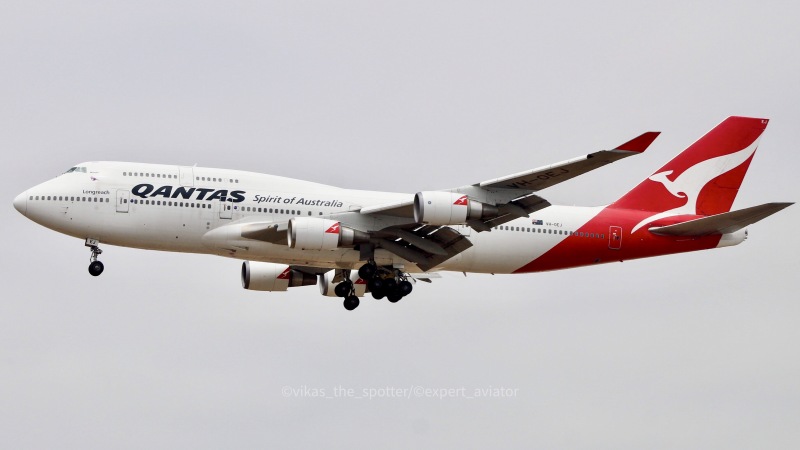
Demand is the first and most important pillar, or the number of people willing to fly from point A to B. This is a calculable metric for most airlines, and it is simple to understand: (a) how many people want to fly from A to B, and (b) how much are they willing to pay? For point-to-point airlines, demand is typically more difficult to get right because demand tends to be lower for more “obscure” route combinations.
The second key metric is competition, which is almost always influenced by demand. High-demand routes will almost always face steep competition. There is a reason why there are nearly 30 flights per day across many airlines between Los Angeles (LAX) and the greater New York City region: thousands of people want to fly between the two cities.
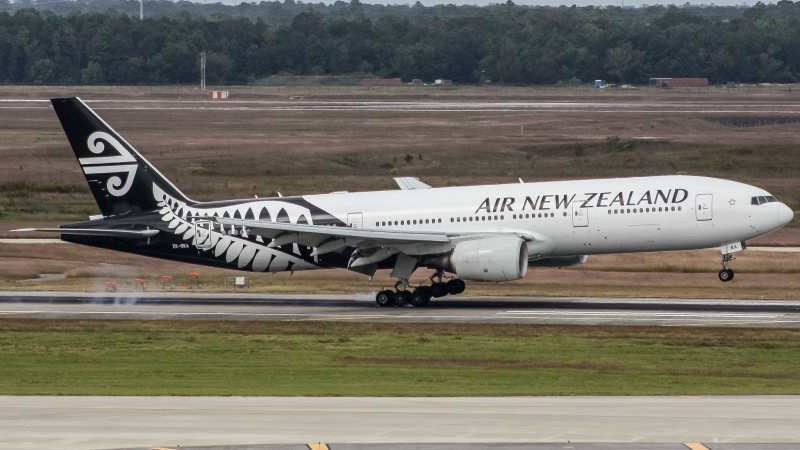
If an airline already has an established presence at a given airport, with multiple flights per day on a given route, it may be difficult for a new airline’s launch on a route to be successful even if there is high demand. Airlines simply want passengers to select them for any given route, but making passengers do so is easier said than done, especially when the airline has no name recognition.
The status also plays a key role: many business travellers only fly one airline to obtain discounts with mileage programs in the long run, so choosing another airline—especially a new airline—disrupts that pattern.
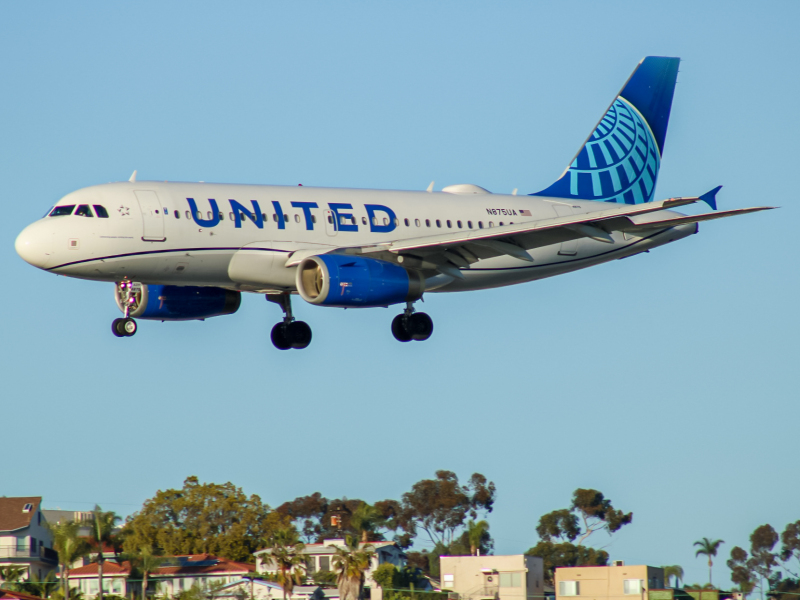
For a simplified example, if I were to start an airline that flew from San Francisco (SFO) to Los Angeles (LAX), with one flight per day, I would have a difficult time attracting passengers who were previously choosing a flight on United, American, Delta, Southwest, or one of the 132 flights total between Greater SF and LA.
Airlines may get around this by bolstering their product to divert passengers from one airline to them. Bolstering their product can take many forms: does your airline offer free drinks or checked bags? Does it charge any ancillary fees or offer in-flight entertainment? Fares might also be a successful tactic in this regard, especially with lower promotional fares at launch than the competition.
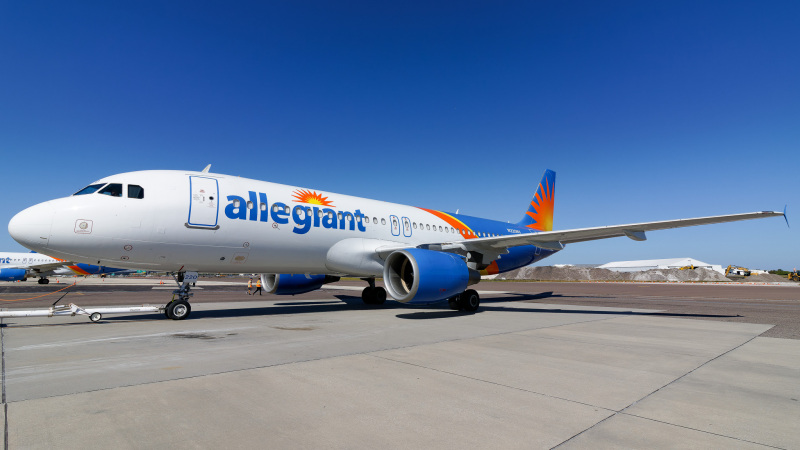
Many low-cost airlines choose to operate routes between unusual airport pairs because of a lack of competition, giving them untapped access to 100% of the demand between the two airport pairs. This may also harm legacy carriers in some instances: passengers might choose to fly directly between, say, Oakland (OAK) and Idaho Falls (IDA) on Allegiant rather than flying the United hub-routed San Francisco (SFO)-Denver (DEN)-Idaho Falls (IDA) option.
The weakness here, however, is that most routes with little competition face little demand to begin with. The economic reasoning is simple: a legacy carrier—an airline with high overhead costs typically—has little incentive to operate a route that won’t get full or turn a profit. Not many individuals want to get from Oakland to Idaho Falls, so these routes are seasonal and operated by low-cost carriers.
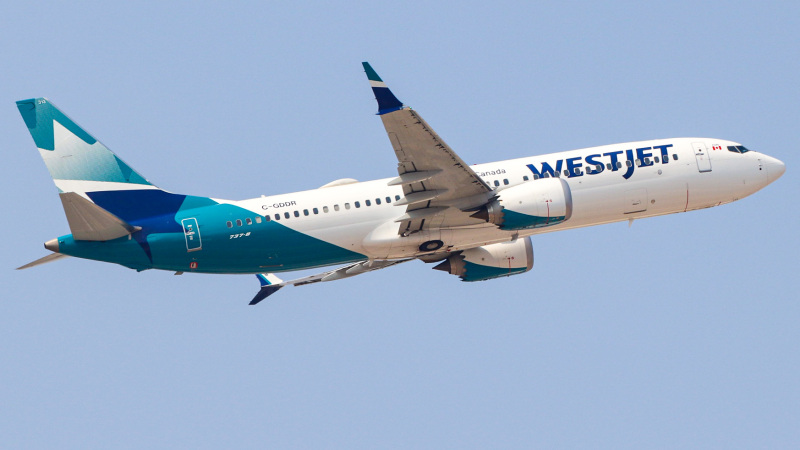
Low-cost carriers can often profit on routes like this because (a) their operating costs are usually lower and, therefore, require a lower load factor to profit, and (b) they derive demand over time and turn the route into a high-performing route with a stellar load factor.
Some airlines, like Southwest in the 1970s and JetBlue in the early 2000s, have done this well with unusual quirks and trademark products that helped derive demand on routes where it didn’t initially exist. From there, airlines can grow their hubs and focus cities, strengthen their time banks, and focus more on connecting traffic.
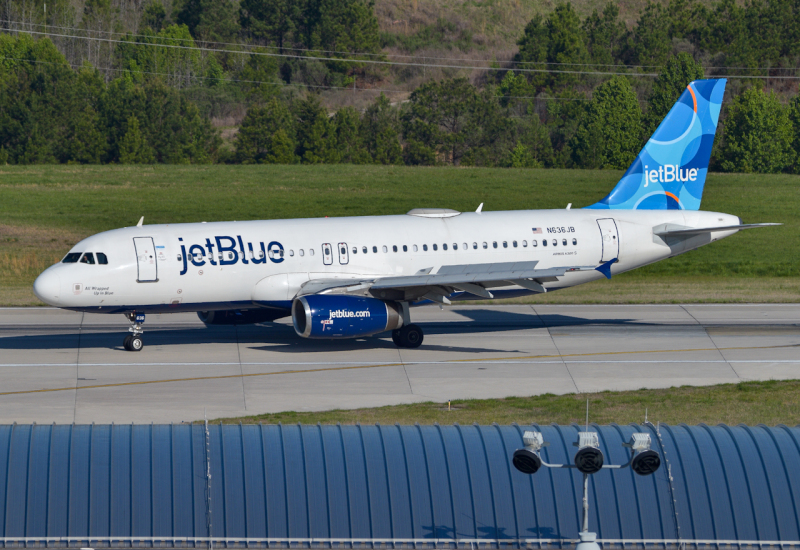
The third key factor in determining the feasibility of a route is geographical importance. For many hub-and-spoke airlines, adding routes is easy if they are “feeder” routes to a hub. Planes are typically readily available, and demand will always run high if passengers can connect at the large hub to any destination. For point-to-point airlines, geography plays a huge role in the operational feasibility of a route: will pilots always be available, or will aircraft be on hand?
The final important factor is the financial implications of the route. Profit inherently drives this analysis and can be viewed from several factors. There may be a healthy demand for a certain route, but slots may be expensive to acquire and operating costs could run high. This may rule out routes that would have been successful otherwise, especially airports already at or near capacity.
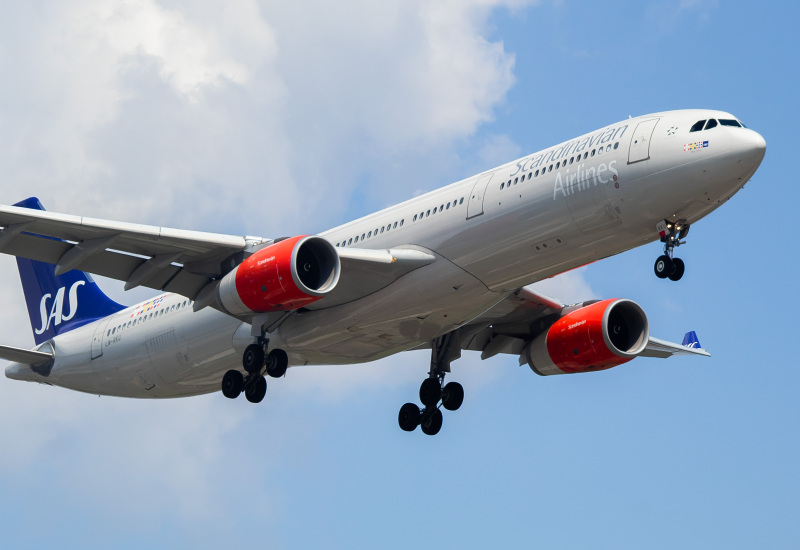
Many other factors impact profitability beyond passenger demand. Flying from Copenhagen to Tokyo became substantially more expensive due to the Russia-Ukraine war; with a closure of Russian airspace, planes would have been forced to detour around the country, adding 1-2 hours of flying time and thus more fuel to burn. This is precisely why SAS temporarily suspended the route in February 2022.
For some general statistics, between 2015 and 2019, Delta launched close to 50 new routes annually but also suspended close to 38 annually. This suggests moderate annual growth and similar. Anna.aero, once an aviation site that tracks airline routes, kept a running log of the most “popular” unserved routes given predicted demand. Many of the selections were quite interesting and included obscure airports.
Thousands of Flights Impacted as Winter Storm Blair Hits U.S. » Bomb Threat Cancels Air New Zealand Flight, Delays Passengers » Maldivian Airlines Introduces First-Ever Widebody Aircraft, Plans New China Flights »
Comments (0)
Add Your Comment
SHARE
TAGS
INFORMATIONAL Route Planning New Routes Economics Finance Airlines Network PlanningRECENTLY PUBLISHED
 Could You Survive a Plane Crash? The Unlikely Science of Plane Crash Survival
With air travel consistently being heralded as the safest form of public transport, most of us do not board a plane pondering our chances of survival in the event of a crash. But, is it possible to survive one?
INFORMATIONAL
READ MORE »
Could You Survive a Plane Crash? The Unlikely Science of Plane Crash Survival
With air travel consistently being heralded as the safest form of public transport, most of us do not board a plane pondering our chances of survival in the event of a crash. But, is it possible to survive one?
INFORMATIONAL
READ MORE »
 Maldivian Airlines Introduces First-Ever Widebody Aircraft, Plans New China Flights
Maldivian, the government-owned national airline of the Maldives, has just welcomed its first-ever wide body aircraft: the Airbus A330-200. With the new aircraft, the carrier also plans brand-new long haul international flights to China.
NEWS
READ MORE »
Maldivian Airlines Introduces First-Ever Widebody Aircraft, Plans New China Flights
Maldivian, the government-owned national airline of the Maldives, has just welcomed its first-ever wide body aircraft: the Airbus A330-200. With the new aircraft, the carrier also plans brand-new long haul international flights to China.
NEWS
READ MORE »
 Thousands of Flights Impacted as Winter Storm Blair Hits U.S.
Winter Storm Blair has unleashed a huge blast of snow, ice, and freezing temperatures across the Central and Eastern United States.
As of Sunday afternoon, over 6,700 flights and counting have been disrupted. This includes cancelations and significant delays leaving passengers scrambling to change flights and adjust travel plans.
NEWS
READ MORE »
Thousands of Flights Impacted as Winter Storm Blair Hits U.S.
Winter Storm Blair has unleashed a huge blast of snow, ice, and freezing temperatures across the Central and Eastern United States.
As of Sunday afternoon, over 6,700 flights and counting have been disrupted. This includes cancelations and significant delays leaving passengers scrambling to change flights and adjust travel plans.
NEWS
READ MORE »



